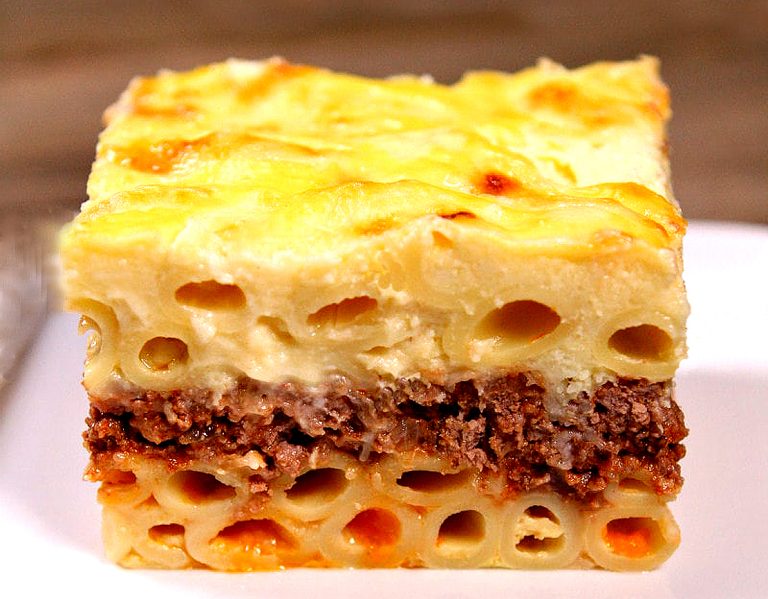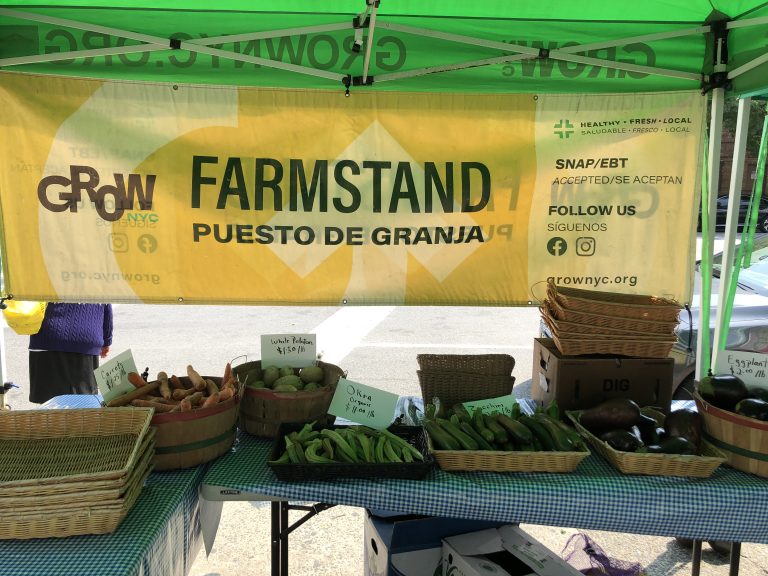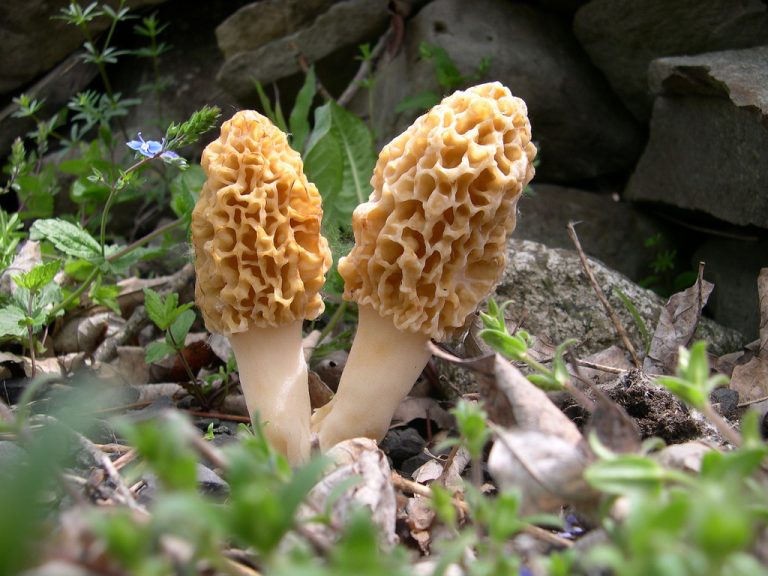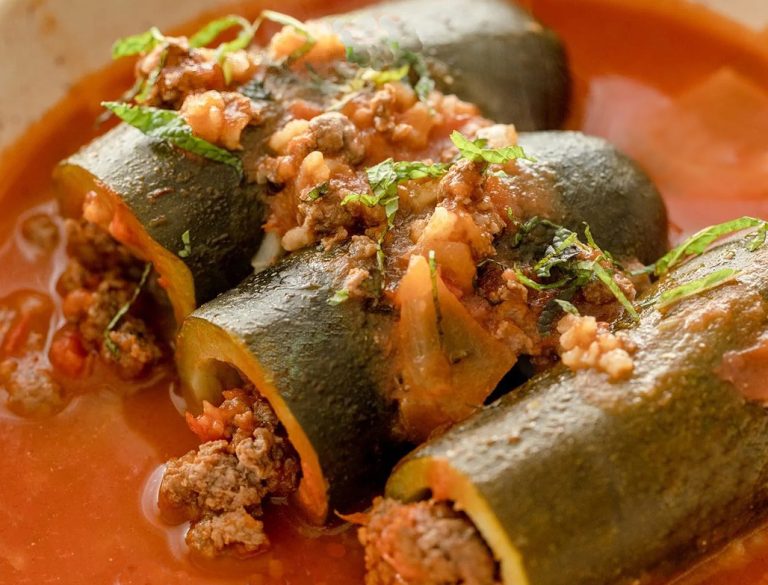Published with permission from LuxuryWeb Magazine
Pastitsio is Greece’s delicious answer to Italian lasagna, but what sets it apart from its Italian cousin is the rich blend of aromatic spices used in the meat ragù. Unlike lasagna, which typically uses flat pasta sheets, pastitsio features a thick, long pasta with a hollow center, all topped with a hearty, cheesy béchamel sauce.
In fact, pastitsio shares similarities with Egyptian macaroni béchamel and Australia’s “Mexican lasagna.”

Authentic pastitsio calls for a very thick bucatini or ziti. If you have access to a Greek grocery store, look for the MISKO brand and ask for “Pastitsio pasta No. 2,” which is thicker than standard Italian bucatini. This will give you the proper, traditional size of pasta for your dish.
The dish is layered, beginning with pasta, followed by a layer of the savory meat sauce, another layer of pasta, more meat sauce, and finally topped with the creamy béchamel. When sliced, the layers are distinctly visible, and the tubular Greek bucatini-style pasta is particularly noticeable. However, depending on regional preferences in Greece, some variations use only two layers of pasta with a thicker meat sauce layer in between.
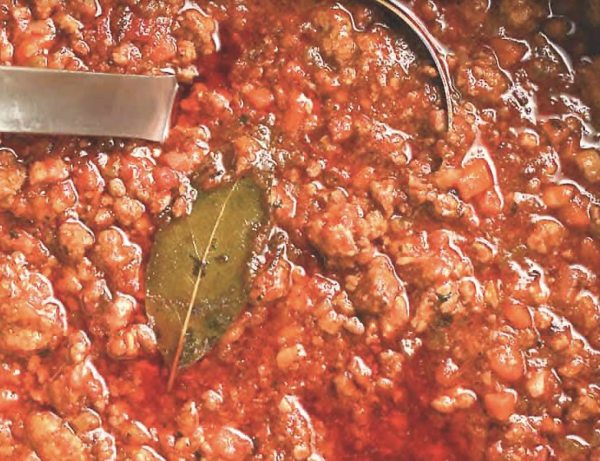
Success
You are now signed up for our newsletter
Success
Check your email to complete sign up
The meat ragù typically consists of ground chuck or another inexpensive cut of beef, cooked with tomatoes and red wine, along with onions, garlic, bay leaves, and a mix of aromatic spices — cinnamon, ground cloves, and a dash of nutmeg. Personally, I like to add a couple of bay leaves to the sauce (which I remove before assembling the pastitsio), but this is a personal touch and not part of the traditional recipe.
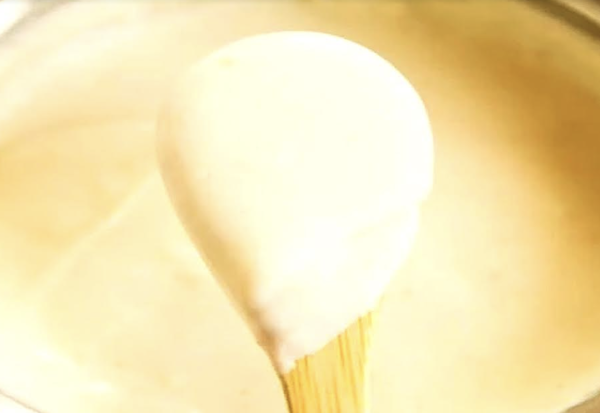
The béchamel sauce is made from all-purpose flour cooked in butter, thickened with milk, and enriched with eggs and cheese to create a creamy white sauce that serves as the dish’s topping. It should bake just long enough to brown lightly — but be careful not to let it burn.
Assembling pastitsio is similar to putting together a lasagna. Start by preparing each component: cook the pasta, make the meat sauce, and prepare the béchamel.
Making the meat sauce is straightforward, akin to crafting a good Bolognese. However, two key differences set it apart:
- Spices: The addition of cinnamon, cloves, and nutmeg gives the meat sauce its distinctly Greek flavor, distinguishing it from a typical Bolognese.
- Consistency: The sauce should be much thicker than Bolognese, ensuring it stands firmly between the pasta layers rather than seeping through, which is essential for achieving proper layering.
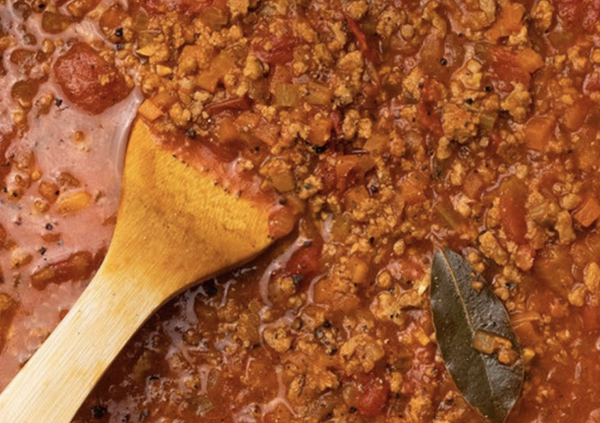
Unlike a Bolognese, the pastitsio sauce needs to simmer for a good hour to achieve the desired thickness. The long cooking time also tenderizes the beef and intensifies the sauce’s flavors. If time allows, let the meat sauce cool before layering it over the pasta — it thickens and holds together better when cooled.
For most Greeks, any dish that combines pasta, a hearty meat sauce, and a rich béchamel topping is the epitome of comfort food.
Tomato/Meat Sauce:
- 3 tablespoons extra virgin olive oil
- 1 1/2 chopped yellow or white onions (about a cup)
- 1/3 cup diced carrots
- 1/3 cup celery
- 1 pound lean ground beef, chuck preferred
- 1 pound lean ground lamb
- 1/2 cup dry red wine
- 1/2 teaspoon granulated sugar
- 1 tablespoon minced garlic (2-3 large cloves)
- 3 bay leaves
- 1 tablespoon ground cinnamon
- 1/4 teaspoon ground cloves
- 1 1/2 teaspoons dried oregano
- Pinch of cayenne pepper
- 1 can (28 ounces) crushed tomatoes in puree
- 1 tablespoon tomato purée diluted in 1/4 cup of water
- Kosher salt and freshly ground black pepper, to taste
For the Béchamel:
- 1 1/2 cups whole milk
- 1 cup heavy cream
- 4 tablespoons (1/2 stick) unsalted butter
- 1/4 cup all-purpose flour
- 1/4 teaspoon freshly grated nutmeg
- 1 1/2 cups freshly grated Parmesan, Asiago, Kefalotiri, or aged Kasseri cheese
- 3 extra-large eggs, beaten
- Salt and freshly ground black pepper, to taste
Make the Meat Sauce:
- Add olive oil to a large pot over medium-high heat. Add onion, carrot, and celery, and cook until softened, about 4-5 minutes.
- Stir in the ground beef, breaking it up occasionally, and cook for about 10-12 minutes until fully cooked.
- Pour in the red wine to deglaze the pan. Cook for a few minutes until most of the wine has evaporated.
- Stir in the garlic, spices, and bay leaves. Next, add the canned tomatoes (if using whole tomatoes, crush them a bit before adding them to the pot), sugar, and diluted tomato paste. Bring to a boil, then reduce the heat to medium-low and simmer with the lid on until the sauce thickens and most of the liquid has evaporated. Set aside.
Make the Béchamel:
- Whisk the 3 eggs together in a bowl and set aside.
- In a medium pot over medium-low heat, melt the butter. Once melted, add the flour and whisk constantly until a paste forms.
- Gradually stir in the milk in 1/2 cup increments, whisking constantly to avoid lumps. Continue whisking and add in salt, pepper, and nutmeg. Whisk in the heavy cream and shredded cheese until combined.
- Remove the pan from heat, quickly whisk in the eggs, and continue whisking to ensure the eggs don’t scramble. Return to low heat for about 30 seconds to 1 minute, whisking constantly until the sauce is smooth and has the consistency of a cheese sauce. Set aside.
Assemble and Bake:
- Preheat the oven to 350°F.
- Arrange the pasta in a 9×13 baking dish, laying the noodles in the same direction to create an even layer.
- Add the meat sauce as the next layer, smoothing the surface.
- Place the second pasta layer in the same direction as the first.
- If creating a triple-layer pastitsio, add the second layer of meat sauce.
- Place the third layer of pasta.
- Pour the béchamel sauce over the top pasta layer and gently smooth out the surface.
- Bake for 30-40 minutes or until the crust is golden brown. For an extra golden crust, broil on low for a minute or so towards the end of baking.
- Allow the dish to cool for at least 15 minutes and up to 30 minutes before cutting and serving.
Store any leftovers in a sealed container in your fridge for up to four days. Pastitsio remains delicious when reheated. Enjoy!
Visit LuxuryWeb.com to see the original article, and more.



